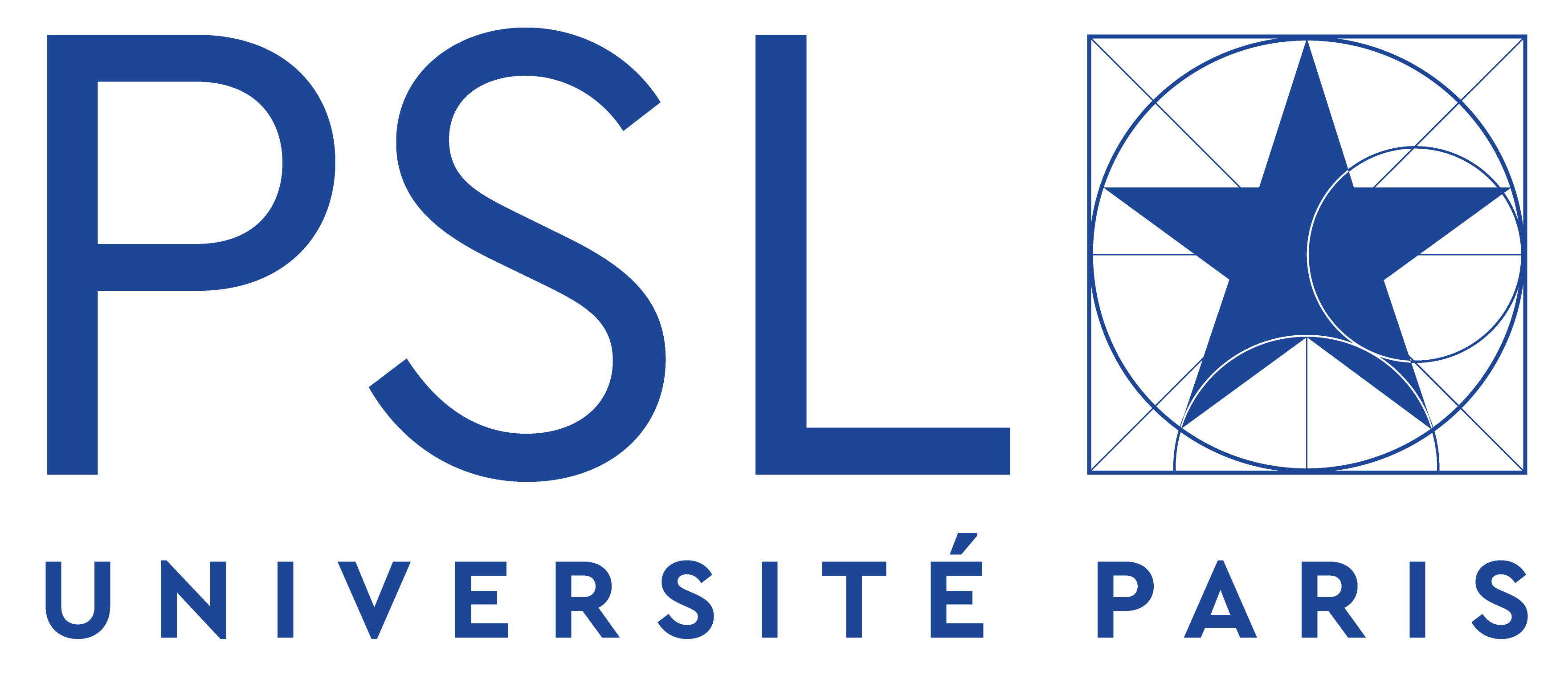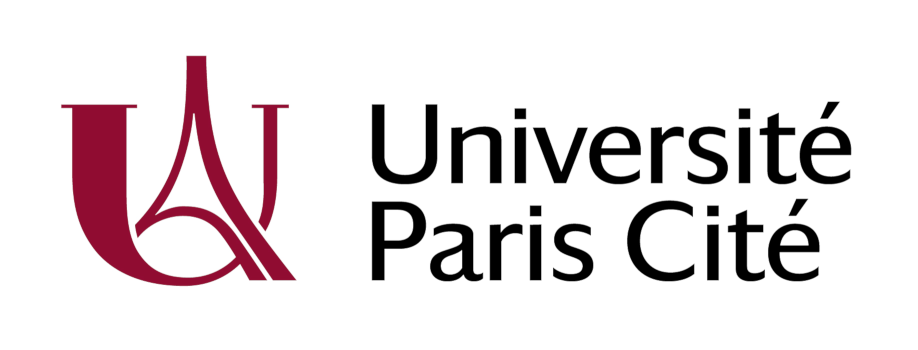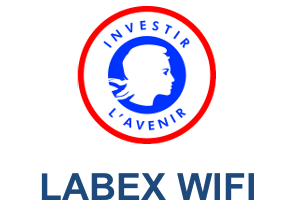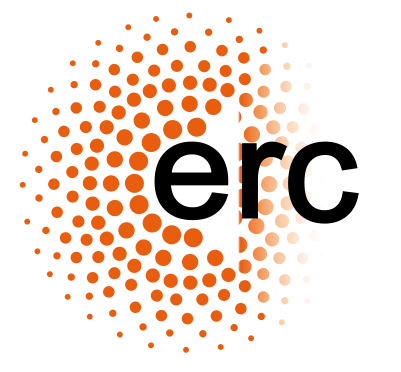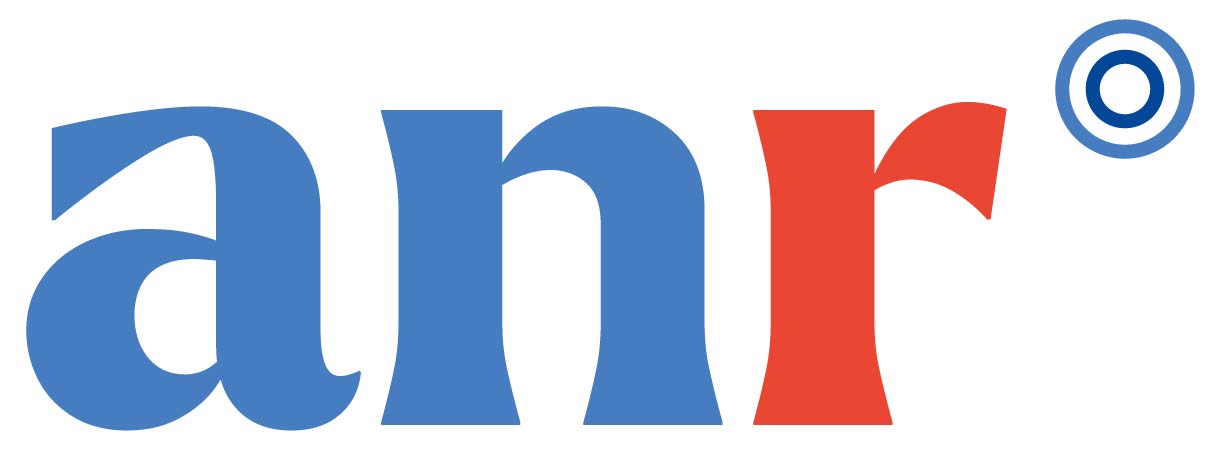Contrôle de front d’onde
Le contrôle de la propagation des ondes peut se faire non seulement en contrôlant le milieu (désordre corrélé) mais également en contrôlant l’onde elle-même. Dans ce cadre, nous avons réalisé diverses études depuis déjà de nombreuses années. Une étude récente concerne le contrôle de la longueur des chemins de diffusion empruntés par la lumière, ou dit autrement du temps de séjour de la lumière dans un milieu complexe. De façon tout à fait surprenante, si l’on éclaire un milieu avec l’ensemble des modes disponibles dans l’espace environnant, la longueur moyenne prend une valeur universelle, indépendante du niveau de désordre du milieu [1] Cette propriété a récemment été vérifiée expérimentalement en collaboration avec une équipe du Laboratoire Kastler Brossel (voir Fig. 2 (a)) [2]. Nous avons par la suite montré comment construire à partir de la matrice de diffusion un opérateur de temps de séjour dans un milieu arbitraire [3]. Les états propres de cet opérateur sont les fronts d’onde qu’il faut envoyer dans le milieu pour obtenir des temps de séjour égaux aux valeurs propres correspondantes. Nous avons prédit théoriquement la distribution complète des temps de séjour et démontré la possibilité de moduler ces temps sur plusieurs décades. L’opérateur de temps de séjour a par ailleurs été utilisé pour focaliser une onde sur des résonateurs immergés dans un environnement complexe (voir Fig. 2(b)) [4].

Figure 2 Exemples d’ingénierie du transport luminueux induits par contrôle du front d’onde en milieux désordonnés. (a) Invariance de la longeur moyenne des chemins <s> sous illumination lambertienne. Différents échantillons plus ou moins opaques permettent de moduler le libre parcours moyen de transport sur deux ordres de grandeur, sans que <s> ne soit affecté. (b) Focalisation d’une onde sur un résonateur (carré blanc) immergé dans un milieu opaque aux ondes planes. La focalisation se fait au moyen de l’opérateur de temps de séjour, sans connaissance préalable relative à la position du résonateur. (c) Optimisation de front d’onde visant à augmenter la sensibilité à la présence d’absorbeurs situés à des profondeurs supérieurs à dix libre parcours moyen de transport. La cartographie représente la sensibilité à différentes profondeurs z.
Surmonter la diffusion des ondes pour délivrer de l’énergie de manière ciblée ou acquérir une information provenant des profondeurs de milieux opaques représentent des défis importants que les techniques de manipulation du front d’onde rendent aujourd’hui accessibles. Dans plusieurs travaux récents, une collaboration internationale impliquant notre équipe est parvenue à faire sauter deux verrous importants dans ce domaine [5] [6]. Nous avons tout d’abord réussi à prédire et mesurer la quantité d’énergie maximale qu’il est possible de délivrer par contrôle du front d’onde à n’importe quelle profondeur d’un milieu diffusant [7]. De manière très inattendue, plus la cible est profonde plus cette énergie augmente. De surcroît, cette augmentation est d’autant plus importante que le milieu est fortement diffusant. Ces prédictions ont pu être vérifiées expérimentalement par l’équipe de Hui Cao à Yale en mesurant la matrice de déposition qui fait correspondre un front d’onde d’entrée à la distribution du champ à l’intérieur du milieu.
Dans le cadre de cette collaboration, nous avons par ailleurs proposé un protocole pour fortement améliorer la sensibilité du signal retrodiffusé aux changements locaux provenant de couches profondes [8]. Les protocoles existants tiraient partie de la séparation entre la source et le détecteur placés en surface pour augmenter la profondeur sondée. Cependant ces derniers souffraient d’un très mauvais rapport signal/bruit en raison de l’effondrement du signal avec la distance source/détecteur. En jouant sur la mise en forme spatiale de l’onde sonde, nous avons pu démontrer théoriquement et expérimentalement un gain qui croît avec la force du désordre et le nombre de degrés de liberté contrôlés. Une telle amélioration a permis d’atteindre des seuils de sensibilité en profondeur dépassant la dizaine de libre parcours moyen de transport (voir Fig. 2(c)).



